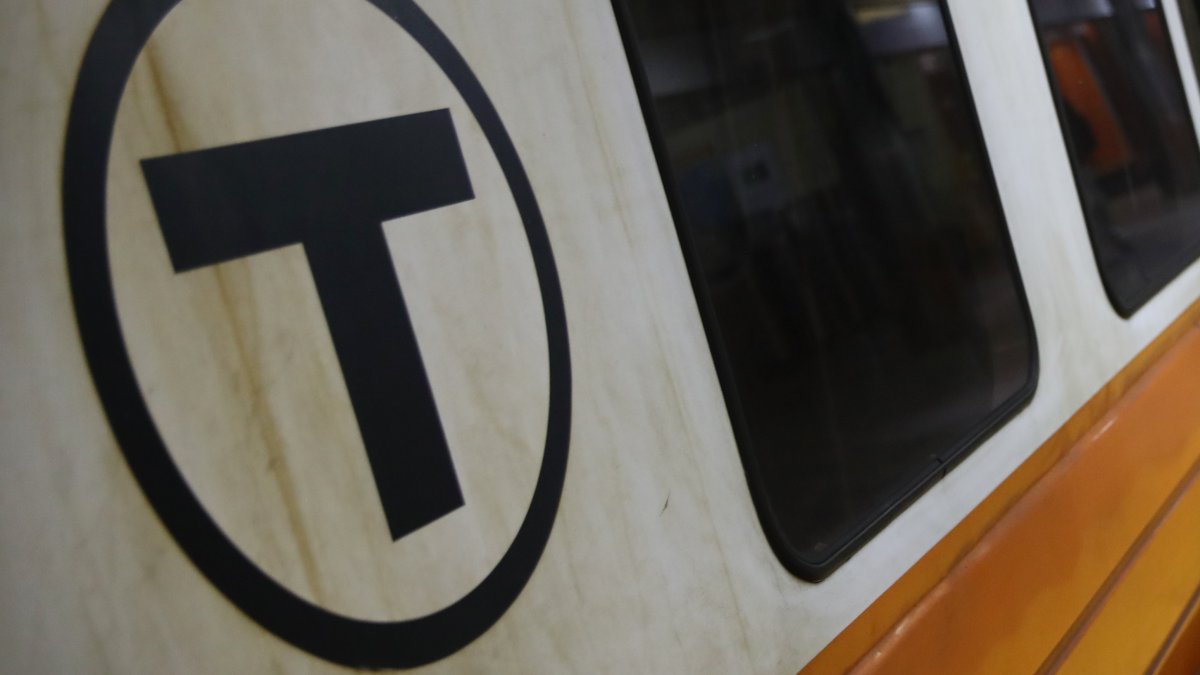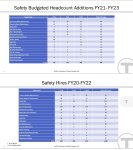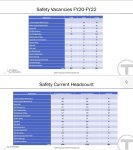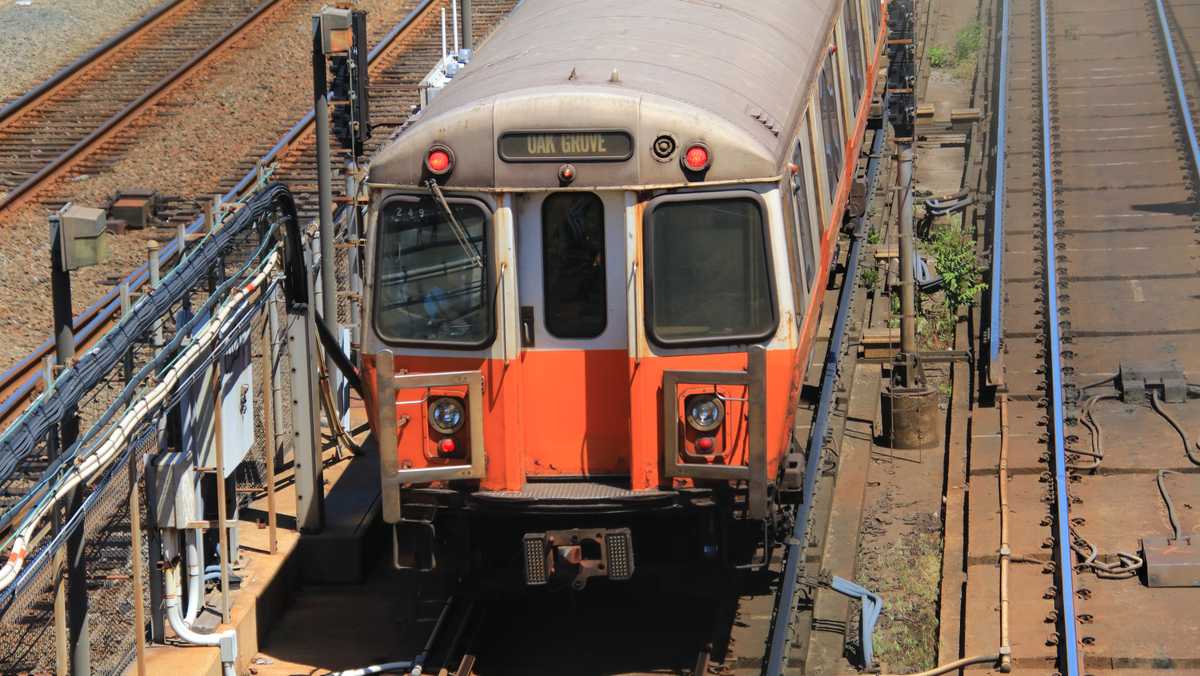Brattle Loop
Senior Member
- Joined
- Apr 28, 2020
- Messages
- 1,167
- Reaction score
- 2,084
Getting deep enough into the weeds that the moderators might decide this belongs in Green Line Reconfiguration and/or Crazy Transit Pitches.
West isn't an ideal node, it's too far off the GJ and the B-line. There's not really any service pattern that could serve Kenmore, West, and GJ without a bizarrely distended loop from Commonwealth->West->GJ. Plowing a path from Commonwealth (or, ideally, a tunnel under the current reservation out to the BU Bridge) to GJ (and West/Harvard as a separate spur which I suppose could also be fed by GJ) is one thing, somehow plowing through the BU campus or the godforsaken Pike throat area (please, no more delays on that evil zombie of a project) to loop in West to a Kenmore-GJ run seems...problematic.
Kenmore <--> Kendall does have a wrinkle in that, while it's not particularly complicated to find a way to fling cars off the GJ onto the B-to-Kenmore, B's lack of access to the Kenmore loop means all those cars have to feed Boylston Street->Park. Probably enough spare capacity to handle that loop if D's been pawned off on Huntington and both D and E are feeding Tremont Street rather than Kenmore (nuking Copley Junction), but probably still worth seeing if something can be done at Kenmore to at least have the option of flinging GJ cars back to Kendall at Kenmore.
I'm way too tired to try and find it right now, but somewhere in one of these threads F-Line had a pretty thorough rundown of the name of the game being flexibility in terms of the available trunks and connections, such that there were many options in terms of service patterns. Like why you'd want to connect GJ and Sullivan LRT to each other as well as to Lechmere to maximize flexibility; for the same reason it'd be good for GJ to have proper connections on both ends; it doesn't matter if most of the GJ cars looped at Brattle (or Kenmore if that loop got reconfigured), you still get to the transfers. Someone going Kenmore->Kendall doesn't care if the trolley goes to Lechmere or to Sullivan after they've gotten to Kendall, and we get a lot more value out of the LRT network if we break people on the idea of all-one-seat-rides however that happens.
Also, am I too tired, or are the service patterns could enable a Kenmore-Kendall OSR insane? It seems like there's no way to do it without running a big loop or putting a stub track at Kendall. If you have to run a weird spiral route (Nubian-Boylston-Lechmere-West-Kenmore-GC Loop or Medford-Lechmere-Kenmore-West-Sullivan) your chances of making a decent map seem low. I guess Sullivan-GC would be the best choice, in which case this proposal isn't great given the Lechmere mess.
West isn't an ideal node, it's too far off the GJ and the B-line. There's not really any service pattern that could serve Kenmore, West, and GJ without a bizarrely distended loop from Commonwealth->West->GJ. Plowing a path from Commonwealth (or, ideally, a tunnel under the current reservation out to the BU Bridge) to GJ (and West/Harvard as a separate spur which I suppose could also be fed by GJ) is one thing, somehow plowing through the BU campus or the godforsaken Pike throat area (please, no more delays on that evil zombie of a project) to loop in West to a Kenmore-GJ run seems...problematic.
Kenmore <--> Kendall does have a wrinkle in that, while it's not particularly complicated to find a way to fling cars off the GJ onto the B-to-Kenmore, B's lack of access to the Kenmore loop means all those cars have to feed Boylston Street->Park. Probably enough spare capacity to handle that loop if D's been pawned off on Huntington and both D and E are feeding Tremont Street rather than Kenmore (nuking Copley Junction), but probably still worth seeing if something can be done at Kenmore to at least have the option of flinging GJ cars back to Kendall at Kenmore.
I'm way too tired to try and find it right now, but somewhere in one of these threads F-Line had a pretty thorough rundown of the name of the game being flexibility in terms of the available trunks and connections, such that there were many options in terms of service patterns. Like why you'd want to connect GJ and Sullivan LRT to each other as well as to Lechmere to maximize flexibility; for the same reason it'd be good for GJ to have proper connections on both ends; it doesn't matter if most of the GJ cars looped at Brattle (or Kenmore if that loop got reconfigured), you still get to the transfers. Someone going Kenmore->Kendall doesn't care if the trolley goes to Lechmere or to Sullivan after they've gotten to Kendall, and we get a lot more value out of the LRT network if we break people on the idea of all-one-seat-rides however that happens.





